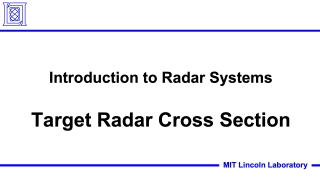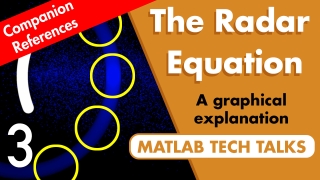
This course is presented by Robert M. O'Donnell, a former researcher at MIT Lincoln Laboratory, and is designed to instill a basic working knowledge of radar systems.
The set of 10 lectures starts with an introductory description of basic radar concepts and terms. The radar equation needed for the basic understanding of radar is then developed, along with several examples of its use in radar system design. Radar propagation issues such as attenuation, multipath effects, and ducting are described. The concept of radar cross-section, waveform design, antennas, transmitter and receiver characteristics, and the detection of radar signals in the presence of noise are presented. Some radars are required to detect small targets in the presence of much larger radar echoes from sea or land clutter in the radar's coverage. The characteristics of this clutter are discussed with moving target indicator (MTI) and Pulse Doppler techniques for mitigating the negative effects of clutter. The course continues with lectures covering target tracking and target parameter estimation. The last lecture discusses radar transmitters and receivers.

